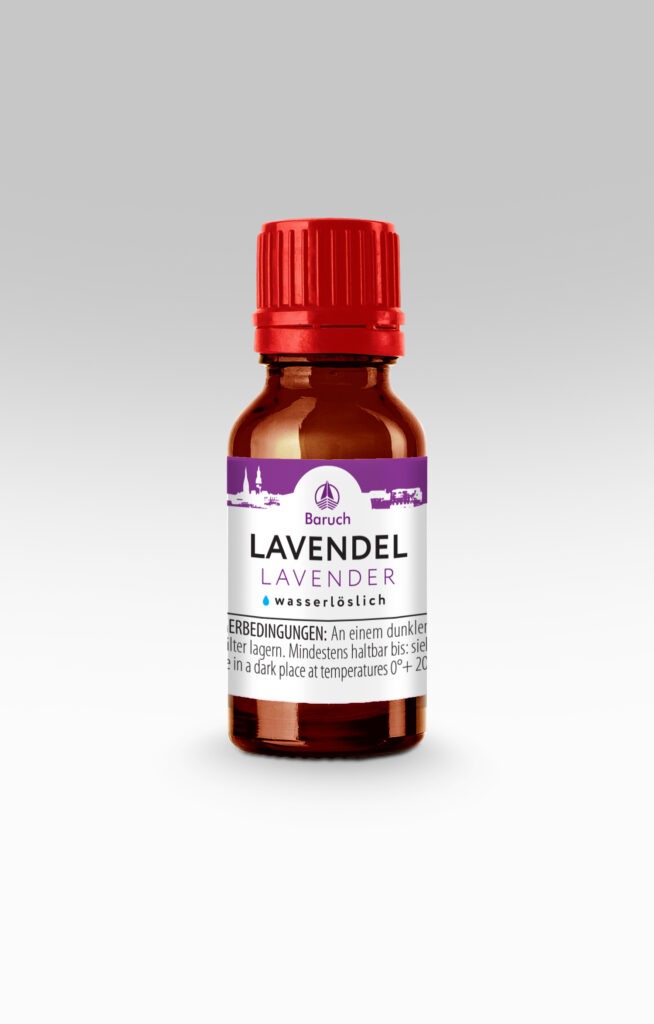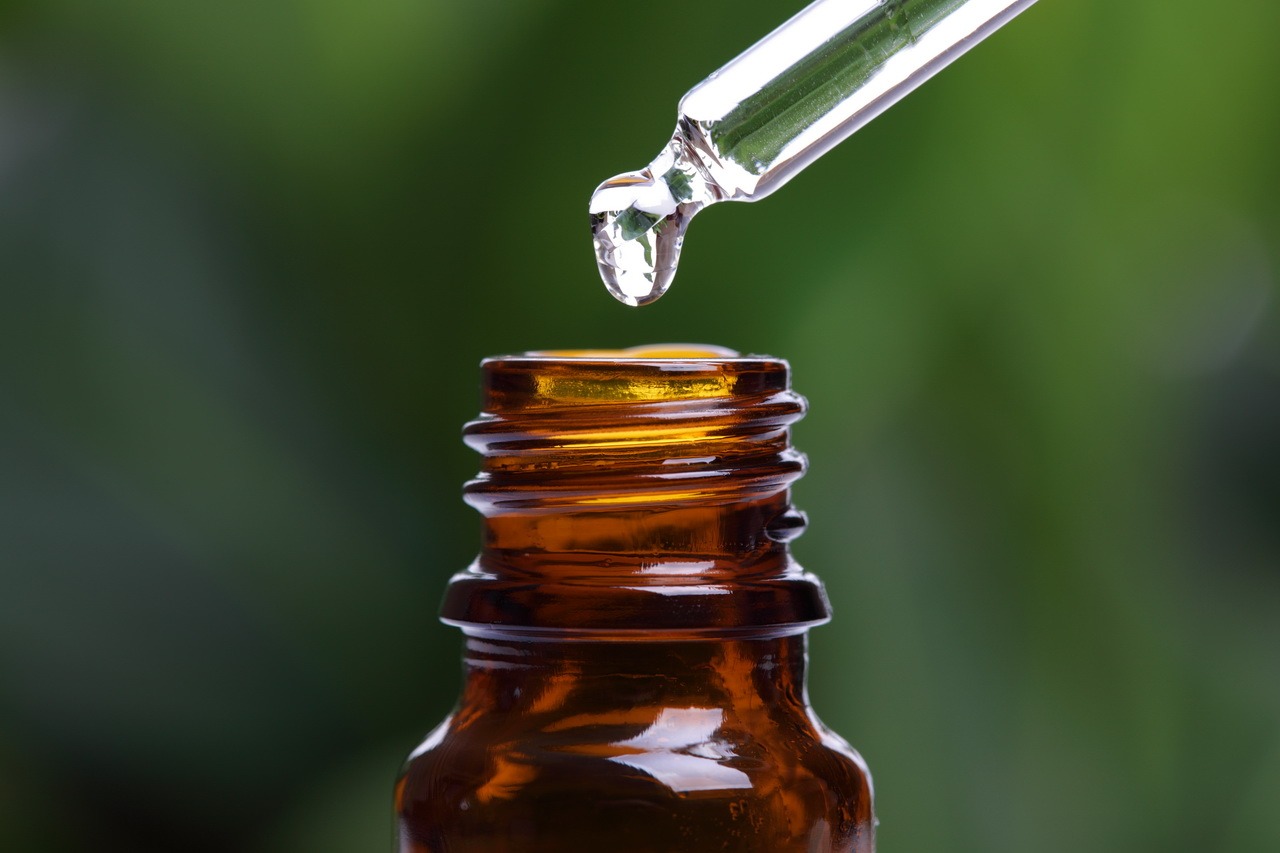One of the problems that one is regularly faced with in assisting customers with product development is the lack of necessary samples – in a typical case the customer who is starting to order the applicability of CO2 extracts (or microemulsions) in their products to examine, selectively several samples, start work, then contact us for a consultation, we usually have something to suggest and recommend trying this or that extract, but the necessary sample is often not at hand (simply because no one knows it in advance thought it might be useful). The missing sample has to be ordered, waited until it is sent, then until it arrives – which can take a long time, especially in remote regions, and this slows down development noticeably and makes it more difficult.
Attempts to help customers formulate a sample request more precisely and at the same time get by with a minimum during the ordering phase were also of little use, as in practice it turned out to be impossible to predict in advance where developments will go and which extracts will go you need. The only thing that is certain is that each extract can be needed at any time – therefore a way out on the way to a radical solution to the problem was found. We are now offering our customers the option of simply ordering all samples of extracts which, at least in theory, can only be of use in the chosen development direction.
The full range of CO2 extracts used in food production is 60 items when it was last recalculated. All 60 items are not required in any direction of development – as practice has shown, a set of 20-25 positions is required to enumerate the main variants of extract combinations in most areas, and if there is a desire to develop something more complicated, a set of 40-45 items required.
Proposals for samples were drawn up accordingly. Basic Developer Kit: 20-25 extract names and Advanced Developer Kit: 40-45 extract names. The specific content of the extract kits depends on the direction of development, as it is different for each direction – beverages, ice cream, confectionery, meat or fish products or anything else, each area of application requires its own range. What they have in common is that we try to put together a developer kit for you that can help you implement any recipe that is suitable for your purposes. In addition, your wishes for the range are also taken into account based on the full list below.
The cost of the developer kit is relatively low – depending on the number of samples and the packaging volume (options are listed below). Such a set is undoubtedly worth the cost, since its availability will allow you to organize high-quality and fruitful work on your recipes and new products.
A full range of CO2 extracts suitable for food production
Paprika: black pepper, allspice, red pepper (chilli), white pepper
Spices: ginger, cardamom, cinnamon, nutmeg, clove, paprika, vanilla, anise, star anise
Fragrant herbs and leaves: thyme, rosemary, oregano, savory, basil, mint, lemon balm, bay leaf, marjoram, sage, clary sage, hyssop, eucalyptus, black currant (leaf), ginkgo biloba
(Leaf) seeds: coriander, dill, caraway, fennel, fenugreek, zira, parsley, celery, carrot, turmeric, amaranth, black cumin, grape seed, flaxseed
Flowers: chamomile, lavender, rose, linden blossom, melilot, wormwood
Berries: juniper, schisandra, sea buckthorn, rose hip, viburnum
Peel: lemon peel, orange peel
Coffee: Black Coffee, Green Coffee
Roots: Leuzea, Rhodiola rosea, Calamus
Needles: Siberian fir
Sample packaging options
Microemulsions: 10ml, 40ml, 100ml, 250ml
CO2 extracts and their oil solutions: 10ml, 40ml
Number of samples in a set
Basic developer kit: 20-25
Extended developer kit: 40-45
Notes and some hints / tips for developers
If you are interested in recipes for aroma and aroma compositions that can be useful in the development of your products – contact us, we will try to find something. We have quite a few developments in different directions, but they are still poorly systematized and a single collection of recipes has not yet been formed (some have been published and can be found on the website, but by no means all). So just ask what we have for your case and we will send you what we have found.
Most of the developments in beverages are kefir, juices, sodas. There are also recipes for spicy mixtures (including popular ones such as “4 peppers”, “Provence herbs”, “Garni bouquet”, hops-suneli, adjika). There are interesting concepts for sweets and chocolate products as well as for ice cream and many other areas. Now that you have a full-fledged developer kit on hand to suit your direction, you can quickly try out your own ideas or reproduce one of the recipes we suggest. Even if they don’t suit you entirely or not at all, they play a role as a starting point. Development is always easier to lead starting from something than out of the blue.
The most convenient for development are deconcentrated forms – oil solutions of CO2 extracts A1 and emulsions EMA1. After receiving samples of CO2 extracts, you can dilute them yourself with oil to a convenient concentration (1% or whatever you want) and, once you have finished developing the desired taste, recalculate the formulations in А100 (% CO2 extracts of the class absolutely). To dilute, use deodorized oils that have almost no taste of their own.
There is little point in diluting the EMA1 emulsion, but it may be necessary in some cases – for example, it turned out to be more convenient to develop drinks with a dilution of 1: 5. This can be done with clear water, preferably boiled. But remember that when diluting, the stability of the emulsion is violated and after a while either white flakes or some kind of white substance appear in it – these are micelles (lipophilic particles of a CO2 extract) assembled into macrostructures that are visible to the naked eye. However, it does no harm and does not affect anything. Just shake it up and move on.
Emulsions of the article EMA5 can be cheaper than EMA1 for products in the lower and middle price segment. However, it is even more convenient to develop with the help of EMA1 – that is, order samples and the recipes can then be converted to another article if necessary.
Another subtlety when working with emulsions – they are not all the same and are made using several different technologies for different areas of application. However, we always send food emulsions as samples, which are the most stable, most convenient to develop and always available in the widest range – they are perfect for taste testing and making laboratory samples of new (or updated) products. To find out whether they are especially suitable for mass production in your case – contact us for clarification. If not, then we will send you for the manufacture of a pilot batch, the durability test and the subsequent serial production that are specifically needed for your case (they will be exactly to your taste) and recalculate the recipes.
When ordering vanilla and linden blossom samples, keep in mind that these are the most expensive items in the range and are many times more expensive than other extracts. With them, the developer’s kit becomes more expensive, and most importantly, the final product. Therefore, use these extracts for the top positions in your range.
Restaurateurs have discovered a major attraction in the Biozevtika cosmetics range that they like to immerse themselves in in order to find something suitable for their specialties. Especially for you, we have included almost everything in the overview list of the range above that is used in cosmetics and has at least some taste. Only cornflower and marigold did not arrive, which we can easily incorporate into your developer kit if you wish (they have taste). There is nothing else edible in the cosmetic line.
With berries: Sea buckthorn, rose hip and viburnum do not have the full taste matrix of the corresponding berries, as a number of water-soluble compounds that influence taste and aroma are not transferred into the CO2 extracts of these plants (in particular, it is vitamin C (ascorbic acid) that gives berries a special touch However, these products are very rich in other compounds (fat-soluble, mainly carotenoids), therefore they are actively used in cosmetics, but also in the food industry, in two main directions.
1) Manufacture of functional products with a high content of beta-carotene (provitamin A)
2) As taste nuances and aroma compositions – the advantage of the CO2 extracts of these three berries in this type of application is that they do not “block” the taste and smell of other ingredients in the mixture
People often ask which extracts are best suited for functional products. The main range is as follows: lemongrass, leucea, rhodiola rosea, green coffee, grape seed, amaranth, ginkgo biloba, black cumin, flaxseed. And in addition: chamomile, sage, eucalyptus, Siberian fir, rosemary, juniper.
The first list is extracts with pronounced functional properties, and beyond that, the ones that are best marketed for products with functional properties – products with these ingredients are not sold on every corner, but at the same time are well advertised, are known to be useful and are used by many Wanted buyers. The second list is the more common plants with high levels of biological activity that are also widely known to be useful. You can manufacture functional products based on them.
It goes without saying that without exception all CO2 extracts (and microemulsions) have one or the other functional property, so the list of extracts suitable for functional products is not exhausted by the above list – and what other extracts may be suitable for can be found in the reference – and scientific literature or just ask us.
When you start designing functional products, remember the “tasteless is not for sale” principle. It is therefore imperative to add a “kit” of other extracts which do not play a particular functional role but which give a pleasant taste to the extract (or the composition of extracts) which has a functional property.



